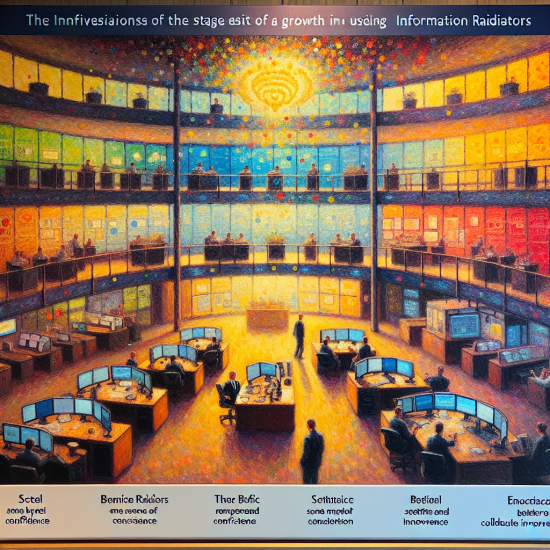Let’s dig into how to harness lessons learned in the Agile world and make them work in your favor. Forget about who should do it—let’s focus on getting it done. Real-life stories hold valuable lessons, and here’s how you can spin those learnings into gold for your product development practices.
First off, feedback isn’t just another box to tick—it’s the pulse of Agile development. Think of it as an ongoing conversation, one where feedback loops aren’t just open—they’re humming along like a well-oiled machine. Gather up that insight and do something with it. Every nugget of feedback is a stepping stone towards tweaking and refining what comes next. This helps keep the wheels of continuous improvement turning smoothly.
Reflections are key, folks. Retrospectives aren’t just meetings where everyone sits around patting themselves on the back or swapping gripes. Consider them a snapshot of where you’ve been and where you’re aiming to go. Use this time to crack open what worked, what flopped, and what you’re going to do about it. It’s about building a culture of transparency and open talk, where everyone learns from the past to pave the way forward.
And speaking of forward, keep an eye on your users with every iteration. Each cycle is a chance to get closer to what your users really need. Craft every change to not just improve the product but also deepen user understanding. This iterative dance not only guarantees a better product but also hones your sense of the users’ true needs.
Data isn’t just part of the process—it’s your guiding light. Get those numbers working for you by spotting trends and opportunities you might miss otherwise. If the numbers tell a story, listen and let that drive your iterations. You never know what undiscovered gems are hidden in your data charts.
Now, let’s chat about change. Instead of fearing it, embrace it like an old friend who always brings fresh perspectives. Change isn’t just a shake-up; it’s a chance to innovate and add value. Adopt an open-minded approach where change isn’t something to dread, but a doorway brimming with possibilities.
Collaboration with stakeholders shifts from mere consensus to co-creation. Invite them to be part of the learning journey. When stakeholders are in it with you, they’re not just sideline commentators—they become co-pilots steering the product’s evolution.
Learning is your ultimate trump card when wrangling with risk. Get proactive by applying lessons learned from past hurdles. This isn’t about living in fear of what’s around the corner; it’s about confidently preparing for it.
And remember, pace yourself for the long haul. It’s tempting to go full throttle, but maintaining a sustainable speed smothers burnout and boosts collective well-being. Iterate on processes that keep productivity and sanity intact.
These are more than just abstract ideas—they’re real-world applications. Imagine you’re hustling in a chaotic startup atmosphere; pivoting your strategy on the go, with user feedback acting like your compass. Or consider a scenario where an overstuffed features list holds back product release. By trimming the fat and focusing on features that truly matter, the path to market clears up, leading to timely launches and happier users.
Productivity gains aren’t just about running faster—they’re about running smarter. Identify what drags down your workflow and overhaul your processes. Sometimes the biggest gains come not just from doing more, but from doing what actually matters.
Quality isn’t just a check at the end. Learn from past slip-ups where quality fell through the cracks, and build robust quality checks into your process from start to finish.
In wrapping things up, remember this: inject lessons learned into your agile life by regularly reviewing and adjusting your backlog. Foster open discussions—sharing insights can lead to collective growth. Use retrospectives for action plans rather than just finger-pointing sessions. Mingle user insights with data-driven decisions, and be ready to pivot when new lessons crop up.
Embracing real-world experiences bolstered by these insights isn’t just a nice option—it’s essential. By keeping your practices aligned with these principles, you ensure your products not only meet user needs but thrive in the marketplace.


